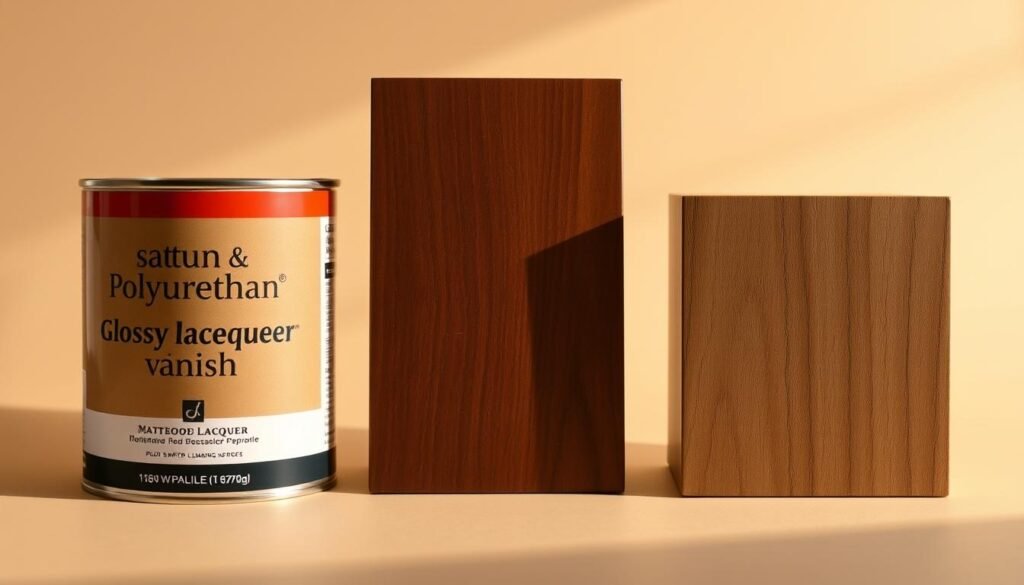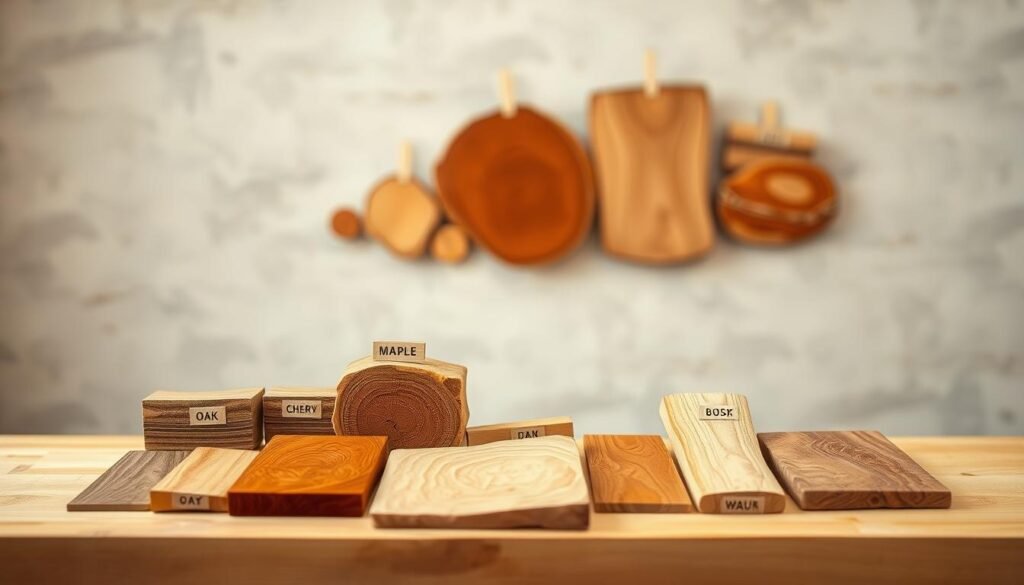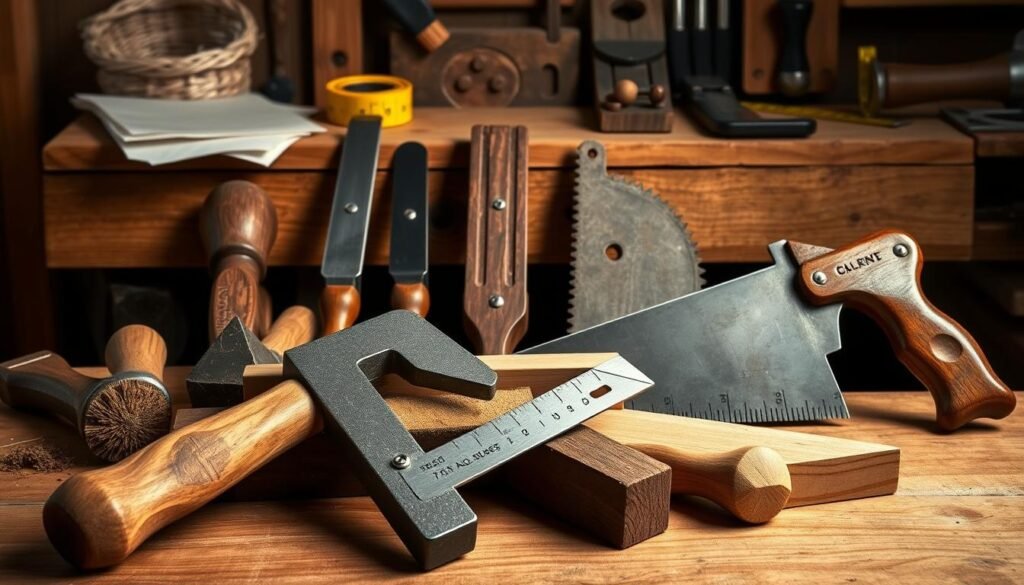Mastering woodworking means knowing your materials well. Understanding wood grain patterns and direction is key.
Knowing wood grain direction is essential for top-notch woodworking. It affects how you cut, plane, and finish the wood. Identifying the grain direction helps you avoid mistakes like tear-out and uneven finishes.
For professionals, analyzing wood grain goes beyond looks. It ensures the wood’s strength and lasts longer. With the right skills, you can cut, plane, and finish wood perfectly with the grain.
Understanding the Basics of Wood Grain
Wood grain is key in woodworking, affecting both looks and strength. The patterns and textures in wood come from how it grows.
Growth Rings and Their Meaning
Growth rings are important to know in wood grain. They show up when wood is cut across and mark the tree’s yearly growth. The size and color of these rings tell us about the tree’s age and growing conditions.
A natural wood texture often highlights these rings, giving the wood character.
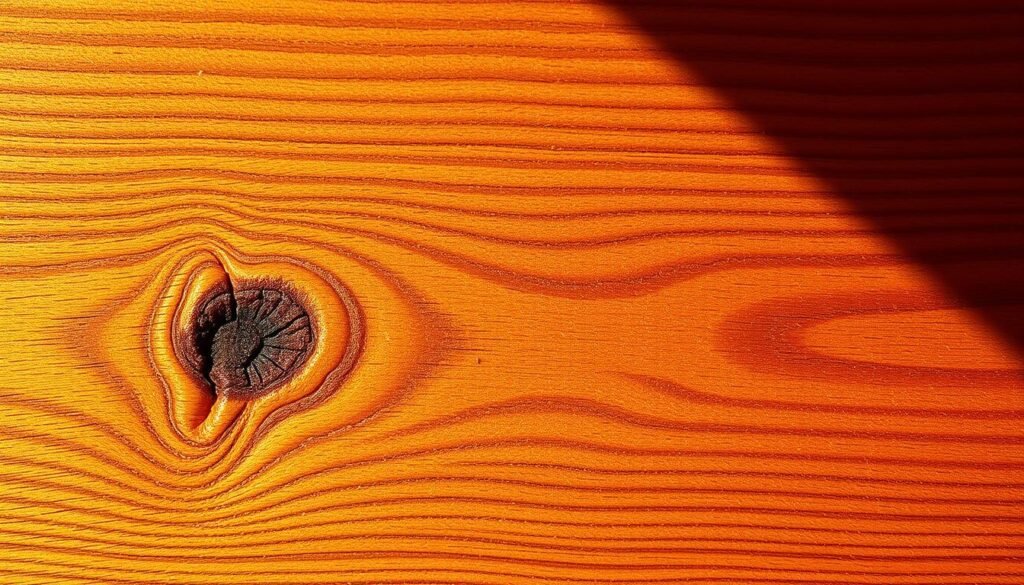
Heartwood and sapwood are also important. Heartwood is the older, inner part of the tree that no longer grows. It’s harder and darker than sapwood, the outer layer that’s growing. The contrast between heartwood and sapwood can make a beautiful wood texture design, like in oak or teak.
The difference between heartwood and sapwood also affects durability and workability. Heartwood is more resistant to decay, making it great for outdoor projects where a rustic wood texture is wanted.
Knowing these basics helps us appreciate the unique qualities of different woods. Whether you want a brown wood texture for tradition or a varied wood texture background for modern, understanding wood grain is essential.
The Different Types of Wood Grain Patterns
Knowing the different wood grain patterns is key for woodworking. These patterns add beauty and affect how the wood works and lasts.
There are many wood grain patterns, each with its own look. Let’s look at some of the most interesting ones.
Bird’s Eye
The Bird’s Eye pattern looks like tiny bird’s eyes. It’s loved for its beauty and used in fancy woodworking, like furniture and panels.
Burl
Burl wood has odd, three-dimensional growths. It’s prized for its unique look and used in veneer, turned items, and decorations.
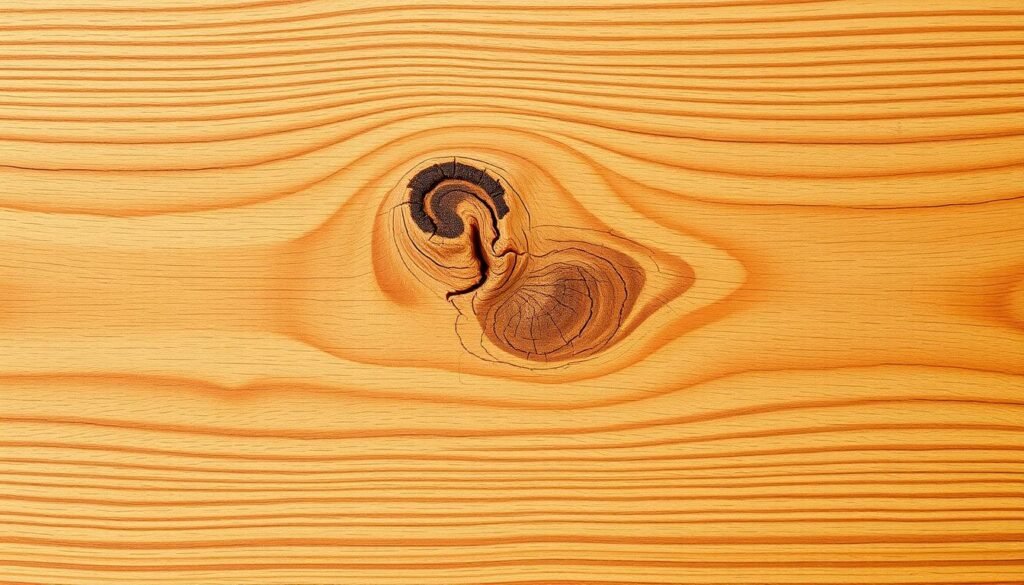
Spalted wood has cool, contrasting colors from fungi. It’s a favorite for adding a special look to projects.
Every wood grain pattern brings its own look to woodworking. Knowing these patterns helps woodworkers choose the right wood for their projects.
Identifying wood grain patterns is important for any woodworking task. It changes how the wood looks, works, and lasts.
How to Read Wood Grain Like a Pro
Reading wood grain like a pro needs knowledge and technique. To get better at woodworking, understanding wood grain is key.
Surface Analysis
Start by looking at the wood surface. Search for patterns like straight, curly, or wavy grain. This helps figure out the wood type and its features.
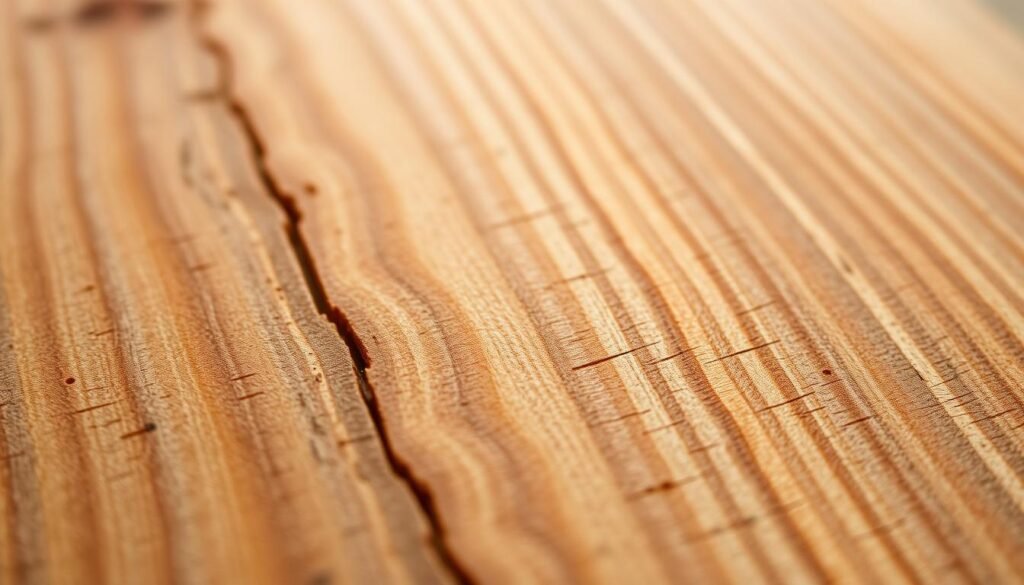
Checking the end grain gives insight into the wood’s inside. This is important for mastering wood grain patterns.
Raking Light Technique
Using raking light shows wood grain details. This trick helps spot grain direction and pattern, boosting your woodworking skills.
Reflection and Sheen Analysis
Seeing how light reflects on the wood surface shows grain direction and wood quality. This, with surface analysis, gives a full view of the wood grain.
Mastering these methods lets you read wood grain well. This improves your woodwork skills and helps you get professional results in your projects.
Identifying Wood Species Through Grain Analysis
Woodworkers can figure out the wood type by looking at the grain pattern. This skill is key for picking the right wood for a project. It makes sure the wood looks and works as needed.
Oak, Maple, and Cherry Identification
Oak wood has a natural wood grain with big rings and a coarse feel. Maple has a smooth grain and is light in color. It’s great for projects that need a blonde wood texture.
Cherry wood is loved for its rich, reddish-brown color and fine grain. It adds a luxurious wood texture aesthetic to any project.
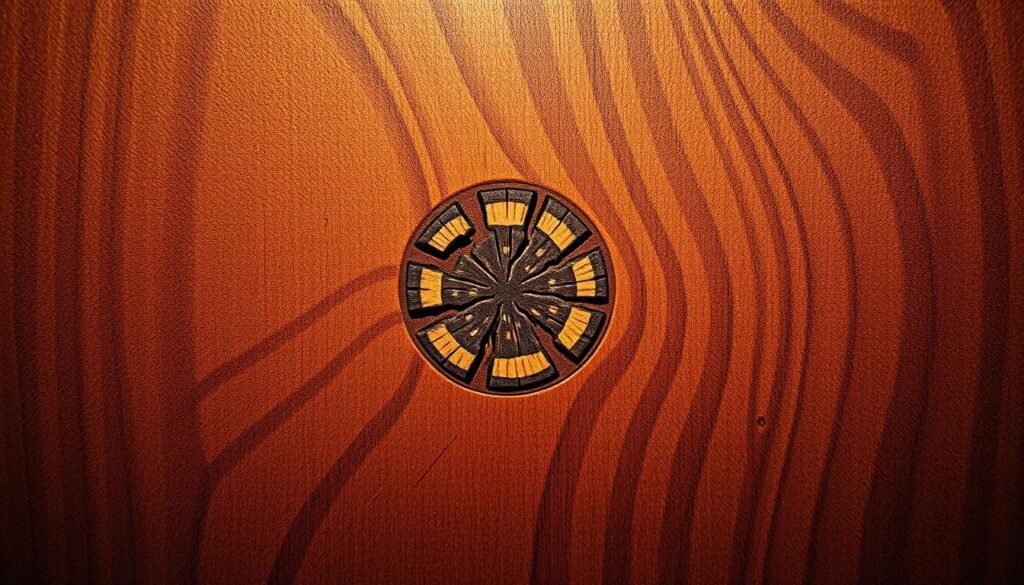
For a detailed guide on picking the perfect board, check out Decode Wood Grain: A Guide to Selecting the Perfect. This resource gives deep insights into wood grain and its impact on woodworking projects.
Pine, Cedar, and Fir Characteristics
Pine wood is soft and has distinctive knots. It creates a wood texture printable pattern that’s both rustic and appealing. Cedar has a strong scent and fights off rot and insects. It has a unique, smooth wood look.
Fir wood has a straight grain and fine texture. It’s a favorite for many woodworking tasks.
Knowing these traits helps woodworkers choose the right wood for their projects. This ensures the final product looks and works as expected.
Determining Wood Grain Direction
Knowing how to find the wood grain direction is key for woodworkers. It helps avoid tear-out when cutting and improves the quality of your work.
Wood grain direction shows where the wood’s fibers are. It affects how the wood looks and lasts. For example, a stylized wood grain can make furniture look better. An abstract wood grain is great for artistic pieces.
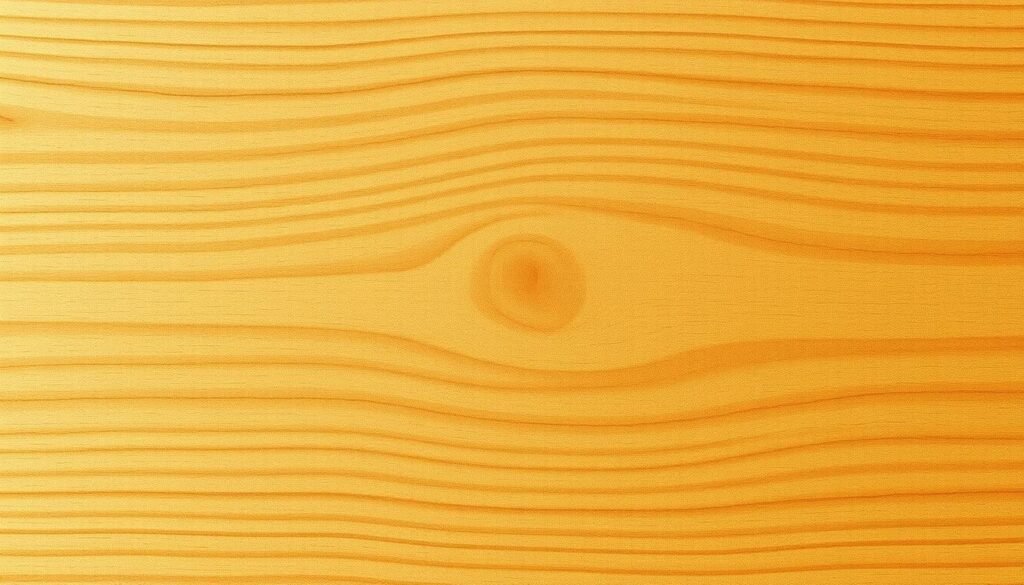
To find the wood grain direction, try the thumbnail test. Run your thumbnail over the wood to feel the grain. If it slides smoothly, you’re going with the grain. If it catches, you’re against it. This trick works with many wood patterns.
The Tear-Out Method
Another way is the tear-out test. Cut or plane a small wood section. If it tears easily, you’re cutting against the grain. If it cuts cleanly, you’re with the grain. This is good for detailed wood grain drawings.
Learning these methods makes drawing wood grain patterns easier. Whether you’re illustrating wood grain or just want to know the pattern, knowing the grain direction is essential.
Essential Tools for Professional Wood Grain Analysis
For those serious about wood grain analysis, having the right tools is key. Wood grain details require a closer look. Several tools can help in this detailed examination.
Hand Lenses and Loupes
Hand lenses and loupes are simple yet effective tools for examining wood grain. They give a magnified view of the wood’s texture. This allows for the identification of specific patterns and characteristics.
Using a hand lens or loupe, one can see the minute details in “wood patterns” that are not visible to the naked eye. This is useful when working with woods that have distinctive grain patterns.
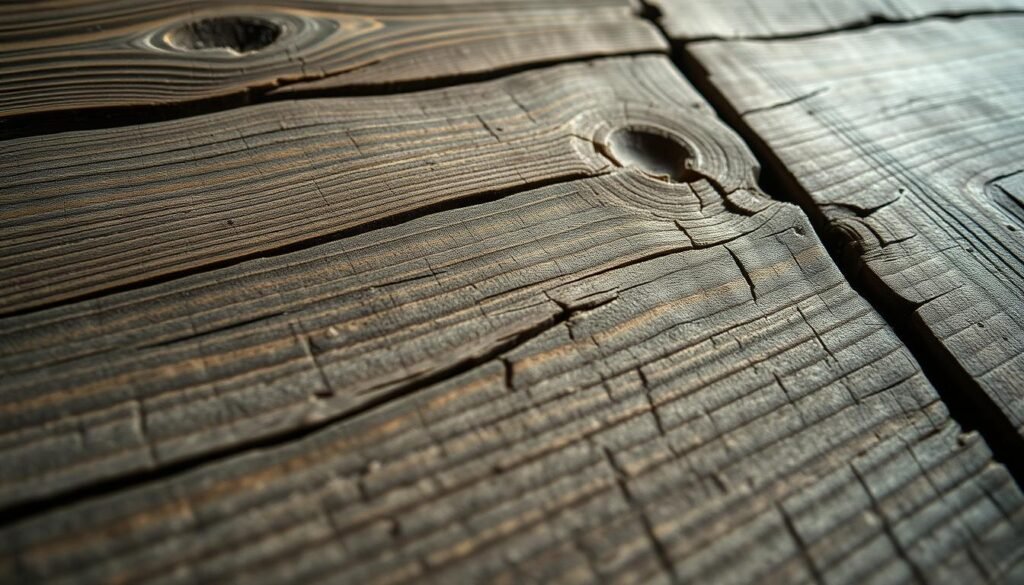
For a more detailed analysis, digital microscopes are invaluable. They offer high magnification and the ability to capture images of the wood grain. This can be useful for documentation and further study.
For example, the “old wood grain texture” of reclaimed wood can be examined closely. This helps understand its history and character.
Also, digital microscopes can be connected to computers. This allows for a more in-depth examination of the “wooden material texture.” It helps understand the wood’s properties and how it might behave in different applications.
By using these tools, professionals can gain a deeper understanding of wood grain. This enhances their ability to work with various types of wood effectively.
How Wood Grain Affects Project Outcomes
Wood grain is not just pretty; it also makes your projects last longer and stay stable. The special patterns and features of wood grain play a big role in how your woodworking turns out.

Knowing about wood grain is key when you’re working on a project. Some types of wood are more likely to warp or crack because of their grain. This can cause problems.
Accounting for Wood Movement
Woods move differently, which can affect your project’s strength. By understanding the wood grain, you can plan for this movement better.
For example, using dark wood for a table might need extra steps to stop it from warping. You can also make a piece look black and stay strong at the same time.
Preventing Warping and Cracking
To avoid warping and cracking, work with the wood grain, not against it. Plan your cuts carefully and make sure the wood is seasoned right.
Adding fantasy wood texture or rustic prints can make your project look great. But remember, working with these materials needs careful thought. This way, you can make beautiful, lasting pieces.
Using wallpaper with wood textures can make your project look even better. But, the most important thing is to know your wood grain well.
Practical Applications of Wood Grain Knowledge
Knowing how to read wood grain can greatly improve your woodworking projects. It’s key to understanding the grain direction, pattern, and texture. This knowledge is vital for achieving top-notch results, whether you’re using solid wood or engineered wood.
Cutting with the Grain
Cutting with the grain is a basic rule in woodworking. It means cutting along the wood fibers to prevent damage. This is very important for woods like oak or 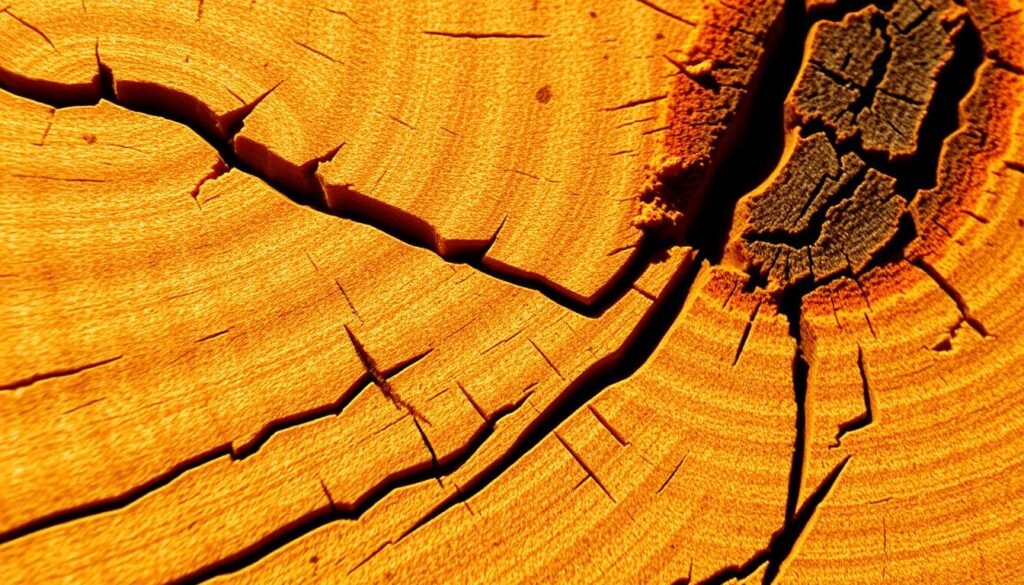
Planing and Sanding Strategies
Planing and sanding are important steps in wood preparation. When planing, always work with the grain for a smooth finish. Sanding should also follow the grain to avoid scratches.
Using the right grit sandpaper and technique can make the wood look better.
Sealing Open-Grain Woods
Open-grain woods, like oak and ash, need special care when sealing. A wood sealer or liquid wood paint can fill the pores for a smooth finish. It’s important to pick the right product and method to enhance the wood’s natural look.
Enhancing Figure and Character
Wood’s figure and character can be improved with staining and finishing. Wood painting techniques can highlight natural patterns and textures. This creates a unique and stunning piece.
Understanding different wood species and their characteristics is essential. It helps achieve the desired look, whether for architectural visualization or a detailed wood pattern.
By using these practical strategies, woodworkers can enhance their projects. They can create pieces that show off the beauty of natural wood. Whether it’s a small craft or a large furniture piece, knowing and working with the wood grain is critical for professional results.
Conclusion
Knowing about wood grain is key to getting great results in woodworking. By understanding the different wood grain patterns, you can make your work better.
It doesn’t matter if you’re working with real wood or a fake finish. Knowing about wood grain direction and texture is vital. Techniques like shou sugi ban and rustic painting can make your projects stand out. Also, learning to paint wood texture and strip paint can help you get the look you want.
With the skills from this article, you can improve your woodworking. You’ll be able to make stunning pieces with a professional finish. This is true whether you’re using a burnt wood finish or a wood plank painting technique.

